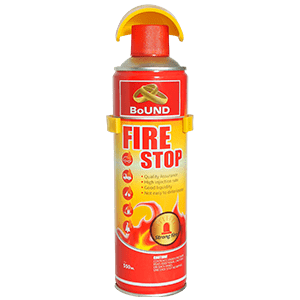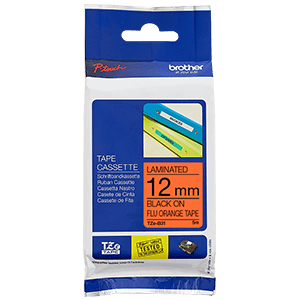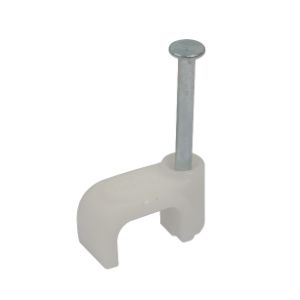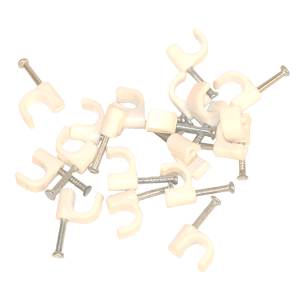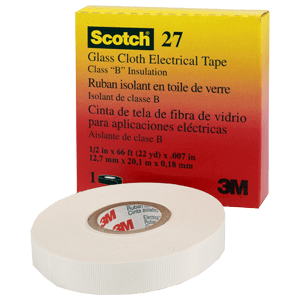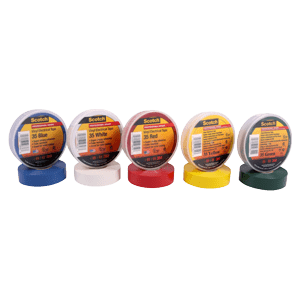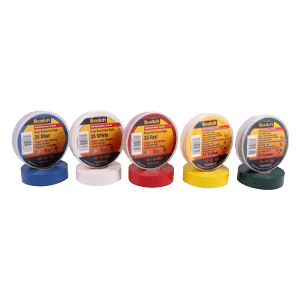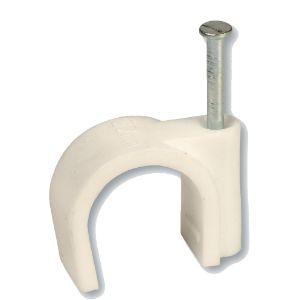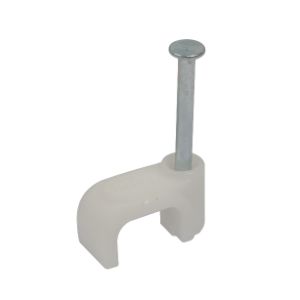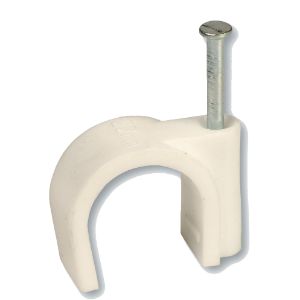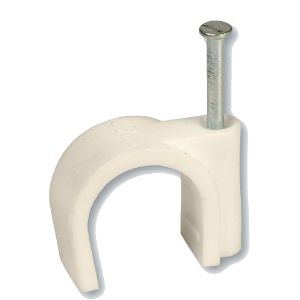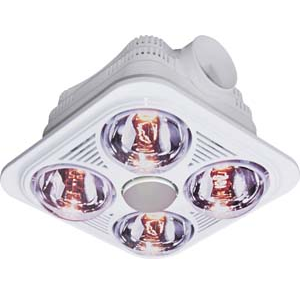GeyserWise has developed an immersion heater element that offers inherent safety and improved functionality over typical resistance-wire heaters. Our new technology utilises Positive Temperature Co-efficient (PTC) chips as the heat source.
Electric immersion heating elements made with resistance wire are traditionally used as the source of heat in electric geysers. This is the only type of heating element used in geysers within the South African market. When voltage is applied to the resistance wire, it heats up. Heating elements designed to heat water typically operate above 500ºC internally. Since the element’s resistance measurement is constant, the heat output will be constant regardless of the surroundings. When an element using resistance wire is subjected to conditions such as scale build up or operation in air due to a water level drop, the heat generated by the wire is not able to dissipate quickly enough. This results in a rapid increase in surface and internal temperatures. These elevated temperatures shorten the element service life and can damage surrounding material such as a plastic tank or piping. From tests conducted in air, tank temperatures can increase to 180ºC within two minutes. The resistance wire heating element also failed within 10 minutes.
Heating elements made with PTC chips do not use resistance wire as a source of heat. Instead, it uses a number of ceramic PTC chips as the heating source. PTC heating elements are ceramic chips that have self-limiting temperature characteristics. As the PTC chips heat up it reaches a designed temperature at which the heat output decreases drastically and prohibits it from getting hotter. As ambient temperature increases and less heat is dissipated, the resistance of the element will increase culminating in a near zero current draw at its designated temperature.
The dynamic resistance and output of PTC heaters makes them an excellent choice for providing controlled electric heating. In many applications it is
possible to do away entirely with thermostatic controls. Simplification of design and reduced energy consumption represent significant cost savings
for a given application. The removal of failure prone components such as thermostats can also add significantly to the reliability of a product. Safety
is an added benefit, since no matter how much current is applied to the PTC; it will never surpass its intended surface temperature.
Technical Parameters
- Resistance at 25˚C (Ω) 30-100
- Material Titanium ta2
- Rated Voltage (V) 230
- Max Voltage (V) 265
- Inrush Current (A) ≤17
- Surface Temp. (˚C) 240±10
- Power (w) 3000±10%
- Length (mm) 415±2
- Diameter (mm) ø 35±0.5
Additional information
| Weight | 1 kg |
|---|---|
| Dimensions | 30.5 × 3.5 × 5 cm |
| STEP 1: Choose Delivery Method |
Did you know that you are now able to purchase online and collect from our Branches? Change the Delivery or Collection drop down to one of our Branches and have your goods ready for collection in 4 hours! Need to split you order between Delivery and Collection? No problem, just specify this when selecting the Delivery or Collection option for the products that you wish to purchase.

